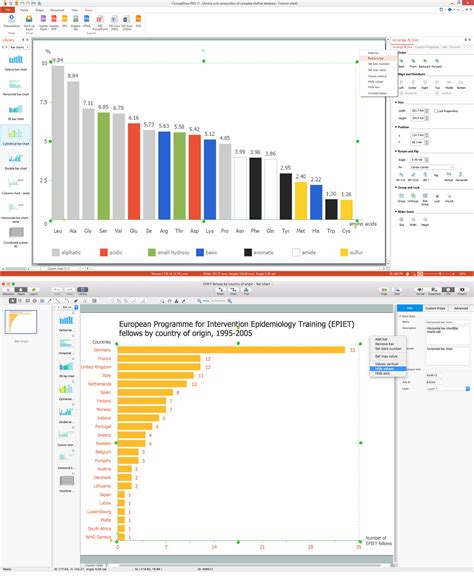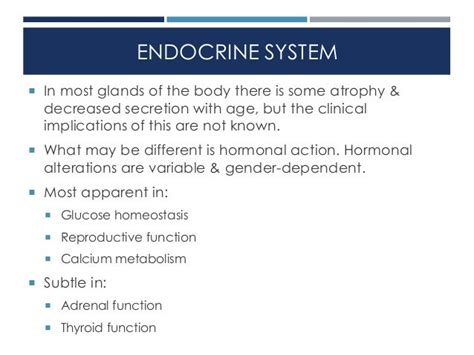Understanding Age-Related Muscle Loss in Men
Most men, even those who maintain a consistent activity level throughout their lives, will eventually confront a noticeable decline in their natural muscle mass. This physiological process, primarily driven by aging, is a well-documented phenomenon known as sarcopenia. While individual experiences can vary widely due to genetics, lifestyle, and overall health, there is a general age range where this decline typically becomes more apparent.

The Onset of Sarcopenia: When Does It Begin?
Research indicates that men generally begin to experience a significant, measurable decrease in muscle mass and strength starting around age 30. However, the noticeable effects, where one might perceive a difference in strength, physique, or how easily they perform daily tasks, often manifest later. For most men, this becomes a more tangible reality in their late 30s to early 50s. After the age of 50, the rate of muscle loss can accelerate, with estimates suggesting a loss of 0.8% to 1% of muscle mass per year. By the age of 80, many men may have lost up to 30-50% of their peak muscle mass.
The term “sarcopenia” itself describes the progressive and generalized skeletal muscle disorder involving the accelerated loss of muscle mass and function (strength and power). It’s crucial to understand that this isn’t solely about losing bulk; it also impacts muscle quality, power, and overall functional ability.

Underlying Factors Contributing to Muscle Decline
Several physiological changes contribute to sarcopenia, even in the absence of reduced physical activity:
- Hormonal Shifts: Testosterone levels, crucial for muscle maintenance and growth, naturally begin to decline in men around age 30 at a rate of about 1% per year. Other hormones, like growth hormone and insulin-like growth factor 1 (IGF-1), also decrease with age, impairing muscle protein synthesis.
- Decreased Muscle Protein Synthesis: Even with adequate protein intake, the body’s ability to efficiently convert dietary protein into new muscle tissue diminishes with age. Older muscles require more protein to stimulate the same anabolic response as younger muscles.
- Neuromuscular Changes: A decline in the number and function of motor neurons, which send signals from the brain to muscles, can lead to muscle fiber atrophy and reduced muscle control.
- Chronic Inflammation: Aging is often associated with low-grade chronic inflammation, which can degrade muscle tissue and hinder its repair processes.
- Mitochondrial Dysfunction: The “powerhouses” of cells, mitochondria, become less efficient with age, impacting muscle energy production.

Recognizing the Signs
The initial signs of muscle mass decrease can be subtle. Men might notice a slight reduction in their ability to lift heavy objects, a slower recovery time after physical exertion, or a general feeling of less “power.” Clothing might fit differently, even if body weight remains stable, due to a shift in body composition (less muscle, potentially more fat). As sarcopenia progresses, it can impact balance, gait, and the ability to perform activities of daily living, significantly increasing the risk of falls and frailty.

Mitigating Age-Related Muscle Loss
While sarcopenia is a natural part of aging, its progression can be significantly slowed and its impact reduced through proactive measures. Resistance training (weightlifting, bodyweight exercises) is the most effective intervention for stimulating muscle protein synthesis and counteracting muscle decline, even into very old age. Adequate protein intake (around 1.2-1.6 grams per kilogram of body weight per day for older adults) is also crucial, along with a balanced diet rich in essential nutrients. Maintaining a healthy lifestyle, including sufficient sleep and managing stress, further supports overall muscle health.
Early awareness and intervention are key. By understanding the typical timeline and contributing factors, men can take steps to preserve their muscle mass and functional strength for a higher quality of life as they age.




